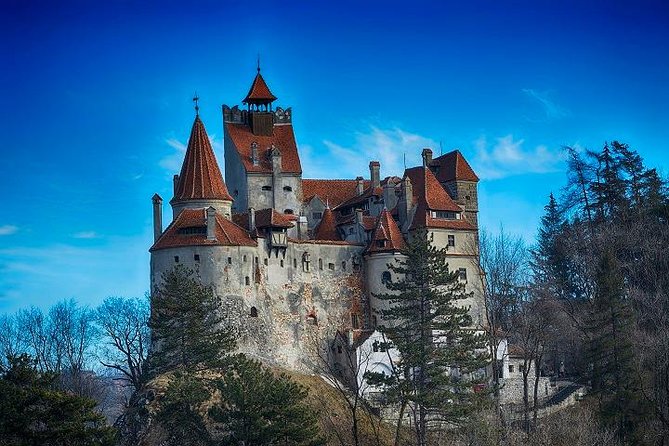
Not only mythological characters generate legends. Real characters, with strong traits of characters, manage to remain in the collective conscience and they either are turned into mythological creatures or are the core of a legend. Beautiful castles, most of which were built during the Middle Ages, as well impressive monuments are often associated with famous rulers. Our travel begins in Romania, with "Dracula - Vlad Ţepeş'' It is the legend about the Romanian ruler Vlad Ţepeş whose method of punishing criminals and enemies by impaling them and raising them aloft in the town square for all to see was considered to be of an extreme cruelty. It was not until Bram Stoker wrote his novel that the Romanian ruler became the fictional character, Dracula, the vampire. Bran Castle, which supposedly was the residence of the Romanian ruler Vlad Tepes (who was the source of inspiration for Bram Stoker’s fictional character, Count Dracula), is placed on top of a former Teutonic Knights stronghold. In reality, there is no evidence that Vlad Tepes lived in Bran Castle, but due to the dark and intimidating stomping ground and the aura of mystery and legend given by Bram Stoker’s novel, the magnificent building continues to attract millions of Count Dracula fans. The travel takes us to Lithuania, where other castles gained their fame due to their association with founders of important cities, like in the Lithuanian legends “Legend about establishment of Trakai Castle”, “Legend about Kaunas city foundation” and “Legend about Vilnius City Foundation”, in which the stories revolving around the castles reflect the historic reality.

